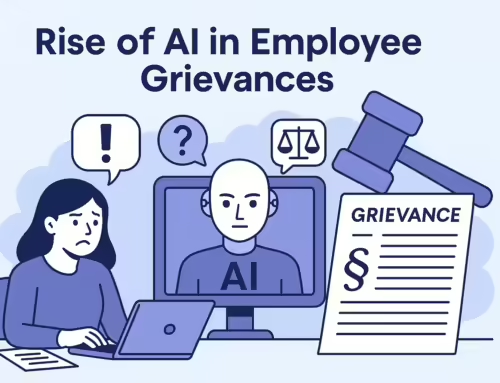With the introduction of the flexible furlough scheme it’s important that all employers remember that an employer should not assume that because an employee has accepted a previous period of furlough that consent will continue to apply under FFS.
One of the key requirements of using the Flexible Furlough Scheme is that you seek agreement from the employee that they are happy with the new working arrangements before they start the new working pattern or you make a claim under the FFS.
The Government clarified on the 29th June that an employer does not need to have the written permission of the employee but there should be some form of documentation from the employer to the employee stating that their employment status will change from furloughed to being flexibly furloughed and that the employee has given consent to this change.
What does this look like in real life?
In all cases you would need to have some form of conversation with the affected employee either face to face or over the phone to discuss returning to work on a flexible basis or moving on to a flexible furlough arrangement having previously been furloughed and brought back to normal working hours.
The Government has made it clear that the conversation is not sufficient to meet the evidence needs of the scheme and so the employer should also either confirm the change in an email or letter to the employee to provide evidence that the employee agreed to the change or you would ask the employee to sign a letter or form confirming the change to their contracted terms.
Why do we need to do this?
Simply put it’s to do with changing contract terms and evidence for HMRC – as flexible furlough creates a change to the contract (either reducing pay to 80%, reducing working hours or changing working week structures) you must have some form of agreement with the employee to do it, otherwise their is a risk that the employee could claim that they never agreed to flexible furlough and the change was a breach of contract terms.
The second reason – HMRC – is more obvious as it reduces that risk the employer will claim employees are being flexibly furloughed but working normal hours.




